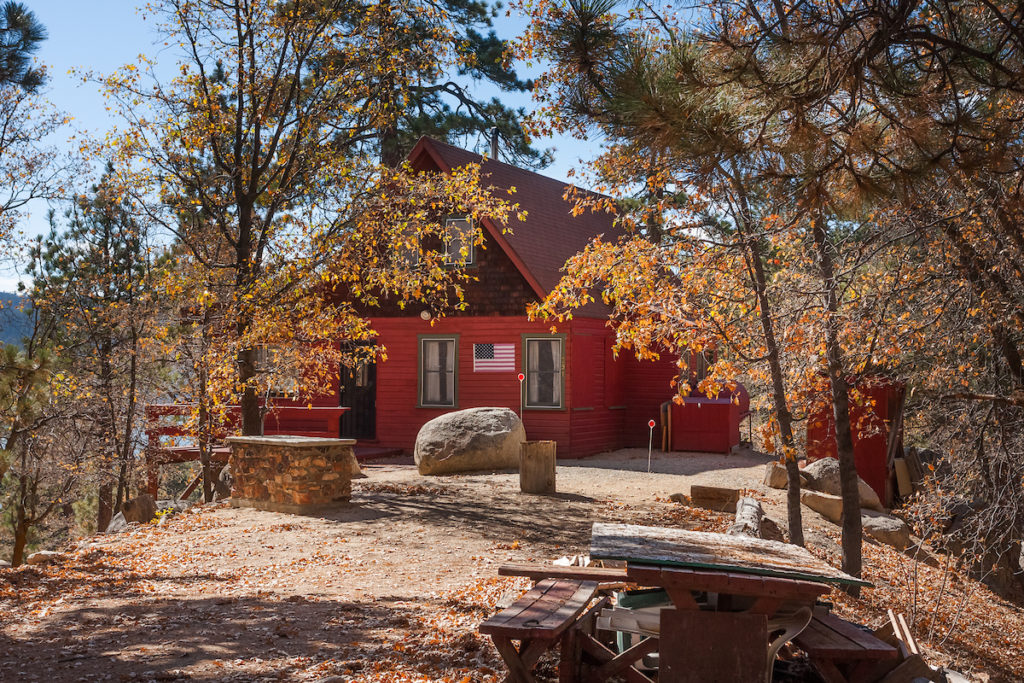


Recreation Residences are cabins located on National Forest land throughout the country. The cabins are part of the U.S. Forest Service’s Recreation Residential Program, started nearly 100 years ago to encourage use of what was then the fledgling national forest system. The cabins themselves are privately owned by individuals, while the land on which they sit is owned by the American public under Forest Service management. Cabin owners receive a special use permit to occupy forest land for a period of up to 20 years with an option to renew at the end of that period. As recreation residence permit holders, cabin owners partner with the Forest Service in stewardship of these historic resources. It is their responsibility to maintain the natural and historic character of the structures, improvements, and land around them.
Many people mistakenly refer to recreation residences as “Government Lease Cabins” – they do not operate under a lease, but a special use permit. The permit does not convey any interest in real property, but permits the permittee to maintain the cabin on National Forest land. The cabins are considered personal property rather than deeded property.
The classic “cabin in the woods” …for less
There are about 450 recreational residences in the Big Bear area. These cabins are popular because of their rustic charm, secluded forest setting, and spectacular views. They are also relatively inexpensive compared to cabins where you own the land.
These cabins are not available for rent to the general public
They are privately owned and their special use permits prevent them from being rented except with prior approval.
The Forest Service does not permit full-time occupancy of the cabins
The lots were originally designated in the early 1900’s to acquaint the public with the recreational opportunities of the National Forest and were originally referred to as “summer homes”. Access roads are generally narrow and winding, conforming to the natural terrain and are maintained by permittees.
Maintenance and Improvements
The management of the tracts on which the cabins rest is designed to maintain the forest environment. There are certain restrictions and requirements to uphold. For example, paint colors allowed on cabin exteriors must blend with the surrounding forest environment. Changes may be made to the cabins, as long as the general historic character of the structures is maintained. Modern building materials may not be used, such as vinyl windows and siding or composite decking. It is the responsibility of the cabin owner to keep the cabin neat, in good repair, and in compliance with Forest Service regulations and all local, county, state, and federal codes and laws.
The Forest Service does not sell these cabins. Most sales are handled by local Realtors. Buyers must meet with the Forest Service prior to the close of escrow to go over the terms and conditions of the special use permit.
Since the land is not owned by the individual, lenders will not loan on these purchases. Cash and owner-financed transactions are typical.
As personal property, the cabins are subject to annual personal property tax (possessory interest tax).
There is an annual land use fee charged by the government. The fee is based on the land value on which the cabin sits. Fees are based on lot appraisals and vary from $800 to $7000 annually.